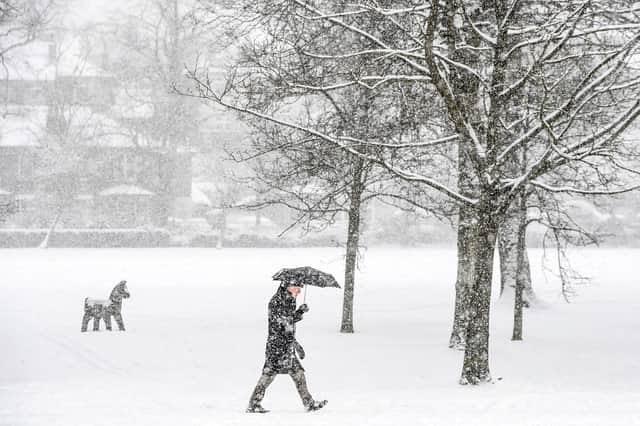The National Trust has cautioned that the extreme weather observed in the United Kingdom in 2022 has set a precedent for what an average year could be like in the future.
According to the organization, extreme temperatures, drought, and back-to-back storms have posed significant difficulties to nature.
It referred to such conditions as the “new normal” in its annual report.
It stated that this year was a “stark illustration” of the difficulties that many UK species may face if more action is not taken to combat climate change.
According to the organization, the hot summer and months of minimal rainfall dried up rivers, fragile chalk streams, and ponds, devastated farms and natural habitats, and fueled wildfires that ravaged landscapes.
Wildfires on National Trust land destroyed regions such as Zennor Head in Cornwall, Bolberry Down in south Devon, Baggy Point in north Devon, and Studland in Dorset, destroying the homes of animals such as rare sand lizards.
Ben Rich of BBC Weather investigates whether the UK’s winters are changing.
The dry circumstances harmed natterjack toads, whose shallow ponds for breeding dried up, as well as bats, which had to be rescued during the heatwave.
Drought and excessive heat decimated trees planted last winter to store carbon and improve woodland habitat, with 50% of saplings lost on estates such as Wimpole in Cambridgeshire and Buscot and Coleshill in Oxfordshire.
The calm, dry spring weather, on the other hand, resulted in a few success stories, particularly for this year’s apple harvest due to the lack of late frosts and blossoms remaining on the trees for longer.
Many sections of the UK, especially the east of England, North and Northern Ireland, have experienced an abundance of seeds and nuts like acorns, beech masts, rowan berries, and elderberries.
This event, known as a mast year, occurs every four to five years on average, but this year has been unique, with trees ripening earlier than typical.
The National Trust’s climate change adviser, Keith Jones, said there was “no escaping” how challenging this year’s weather had been for nature.
“Drought, high temperatures, back-to-back storms, unseasonal heat, the recent cold snap and floods means nature, like us, is having to cope with a new litany of weather extremes,” he said.
He added weather experts were predicting the future would see more torrential downpours, along with very dry and hot summers.
Alongside the weather extremes this year, wild birds were also hit by avian flu, with thousands of seabirds dying in colonies on the Farne Islands off the coast of Northumberland, where they had returned to breed.
The National Trust said conservation work to improve habitats was helping make the environment and species more resilient to the changes brought by rising temperatures.









